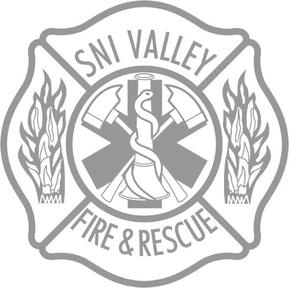
Brush Fire Safety
|
The winter and spring rains result in a lot of vegetation around the Valley. But as temperatures climb, the vegetation dries out… and becomes a serious fire risk. Don’t let your home or property fall victim to a brush fire. Be sure to maintain your property and landscaping in a fire-wise condition.
If you live in an outlying or more rural area, consider these additional steps:
Maintenance Hints:
|
Back to Community Risk Reduction Main Page
|
Copyright ©2006 -
Sni Valley Fire Protection District
|
|

